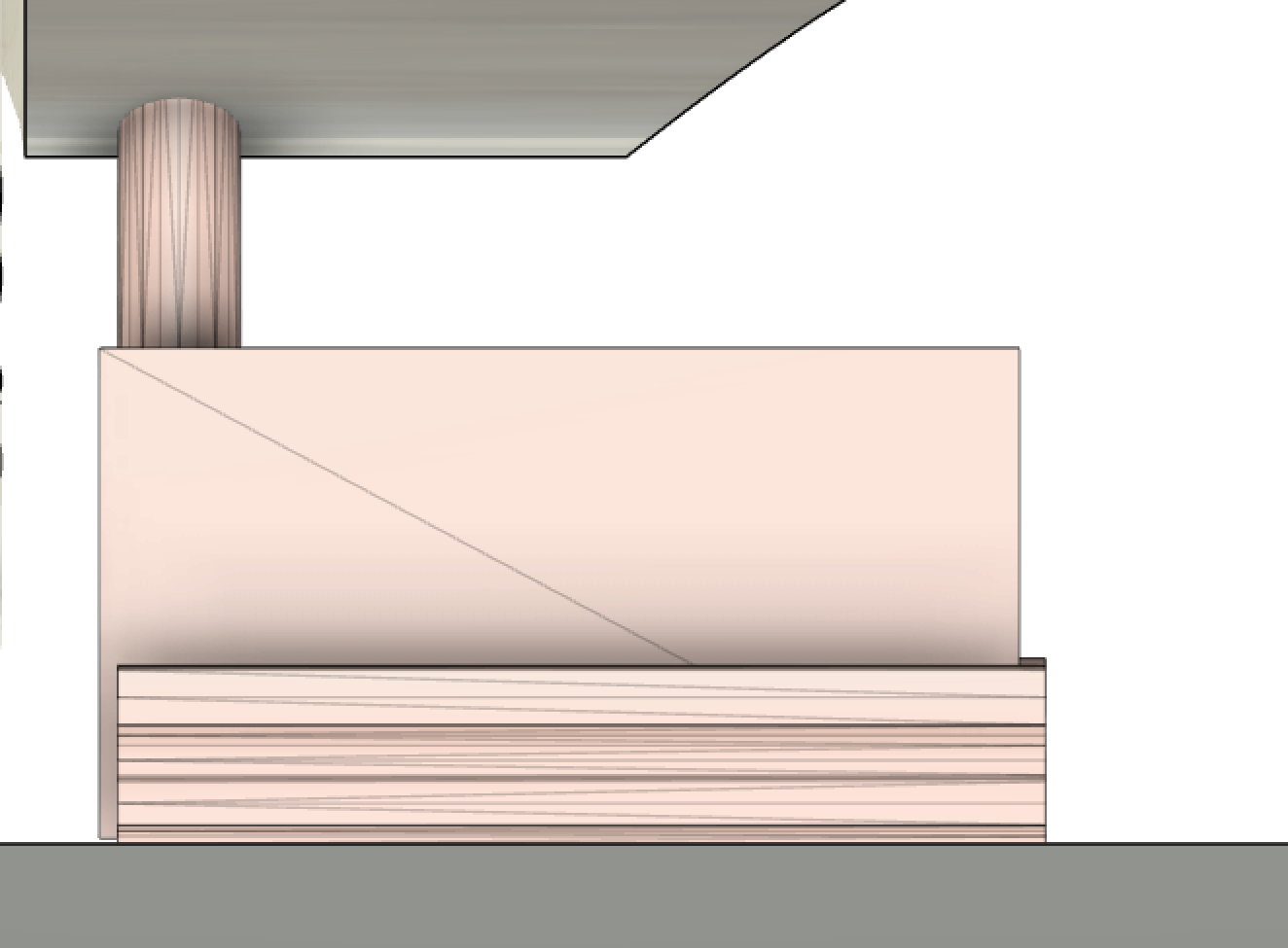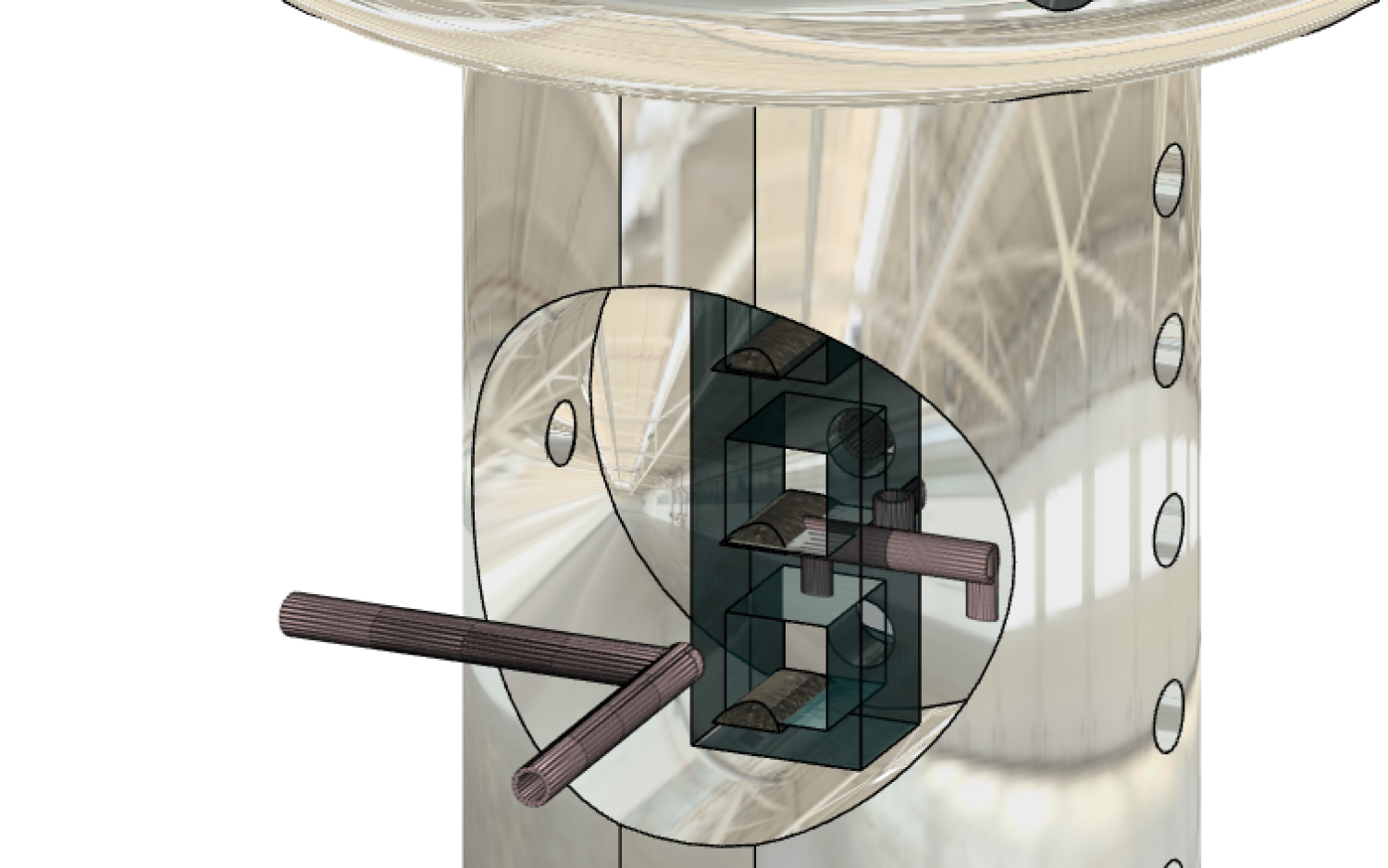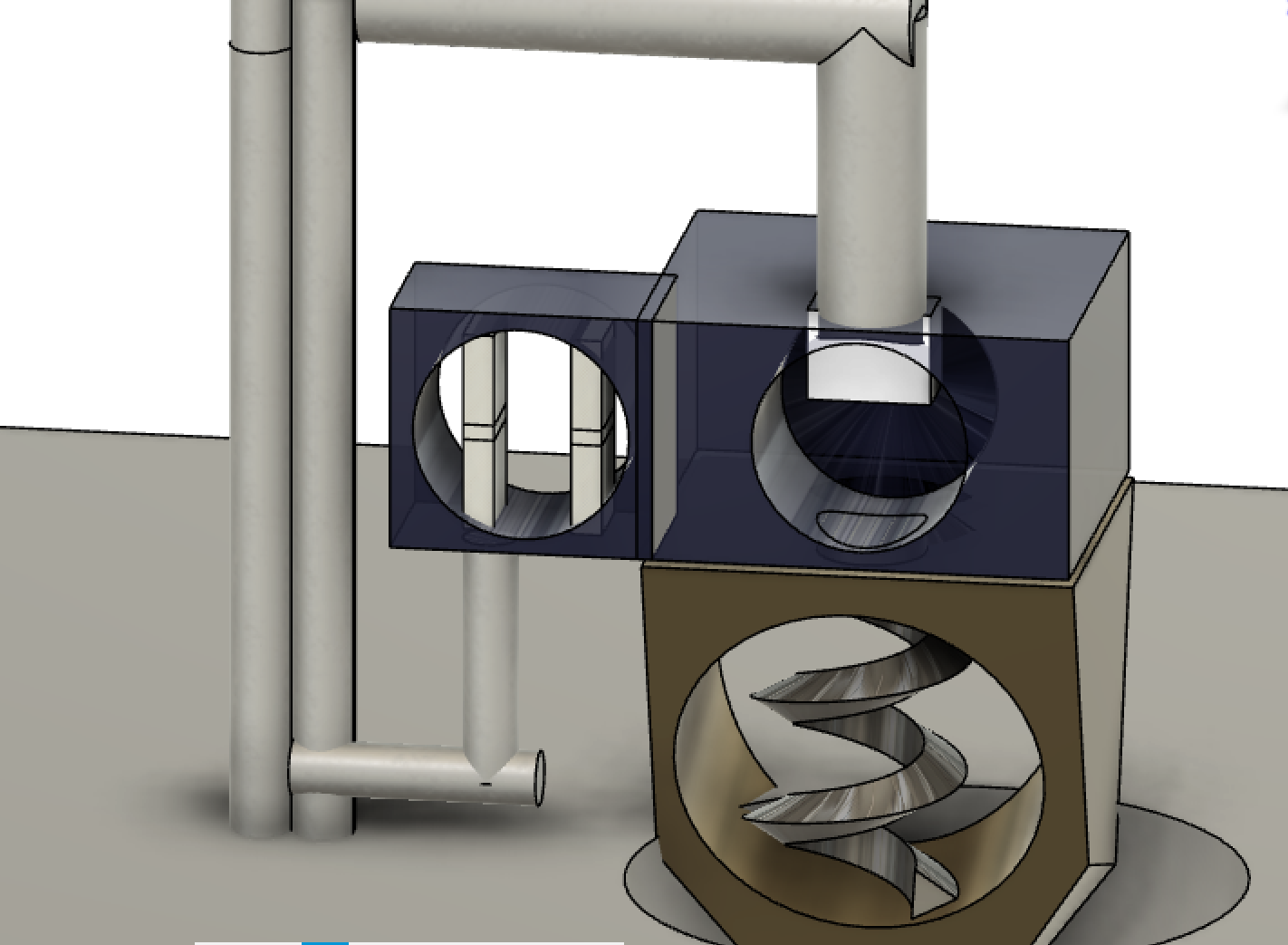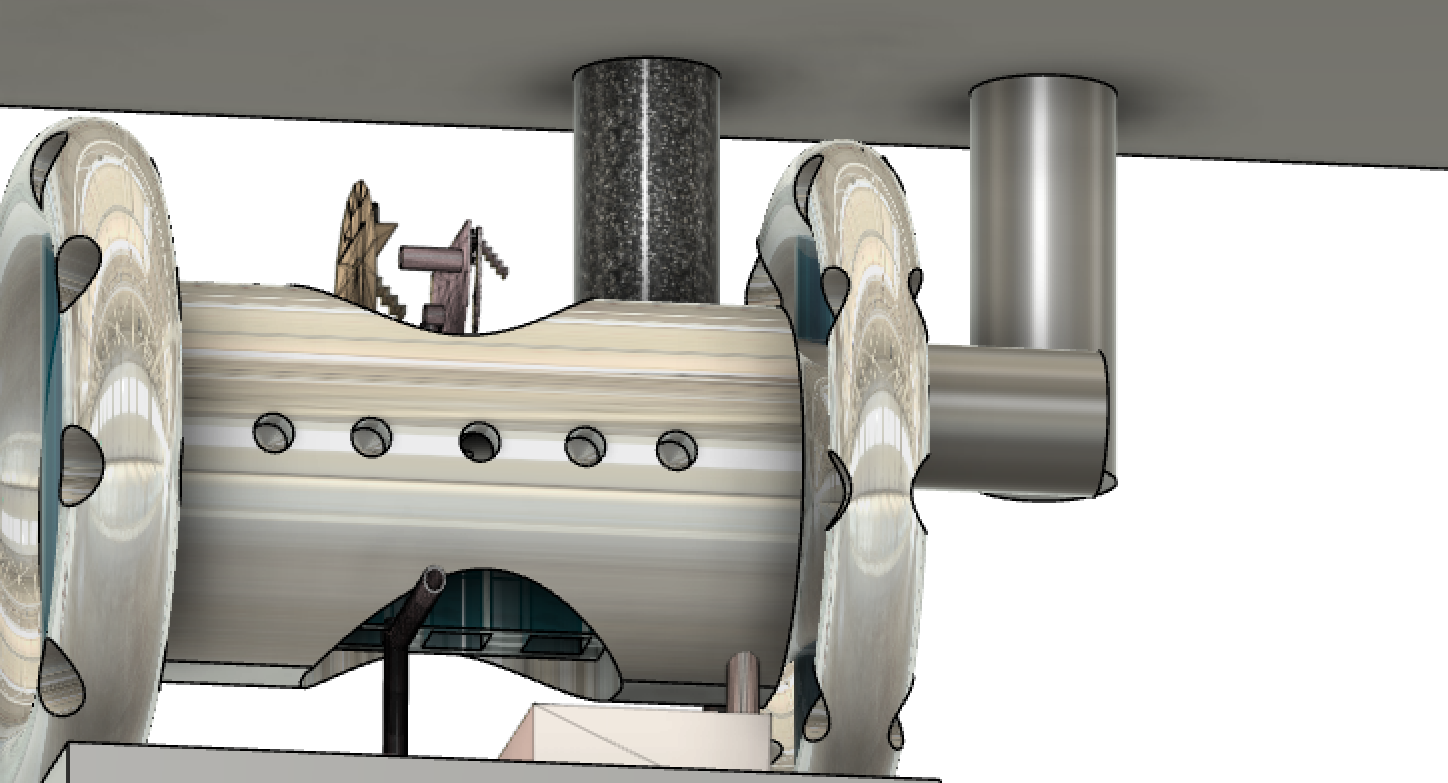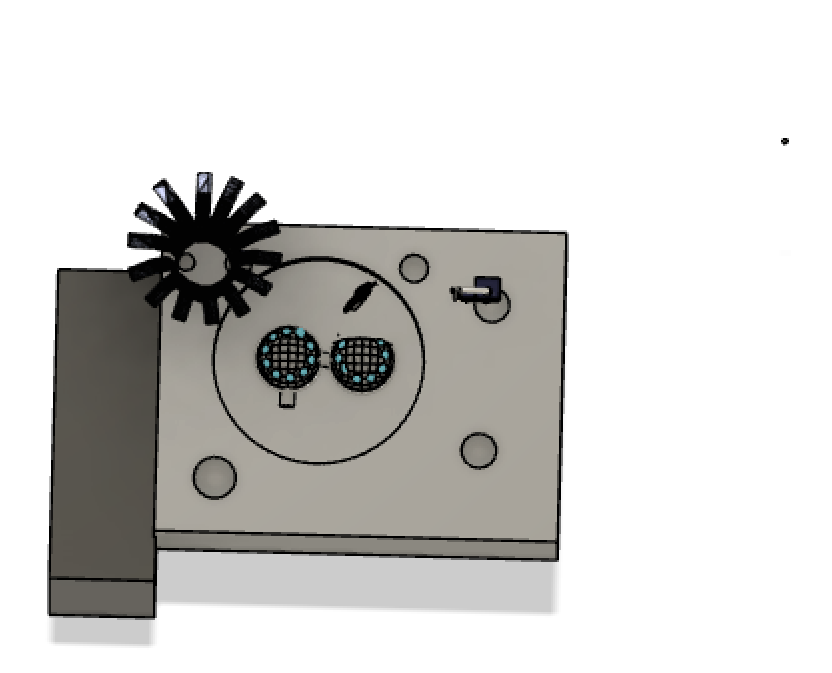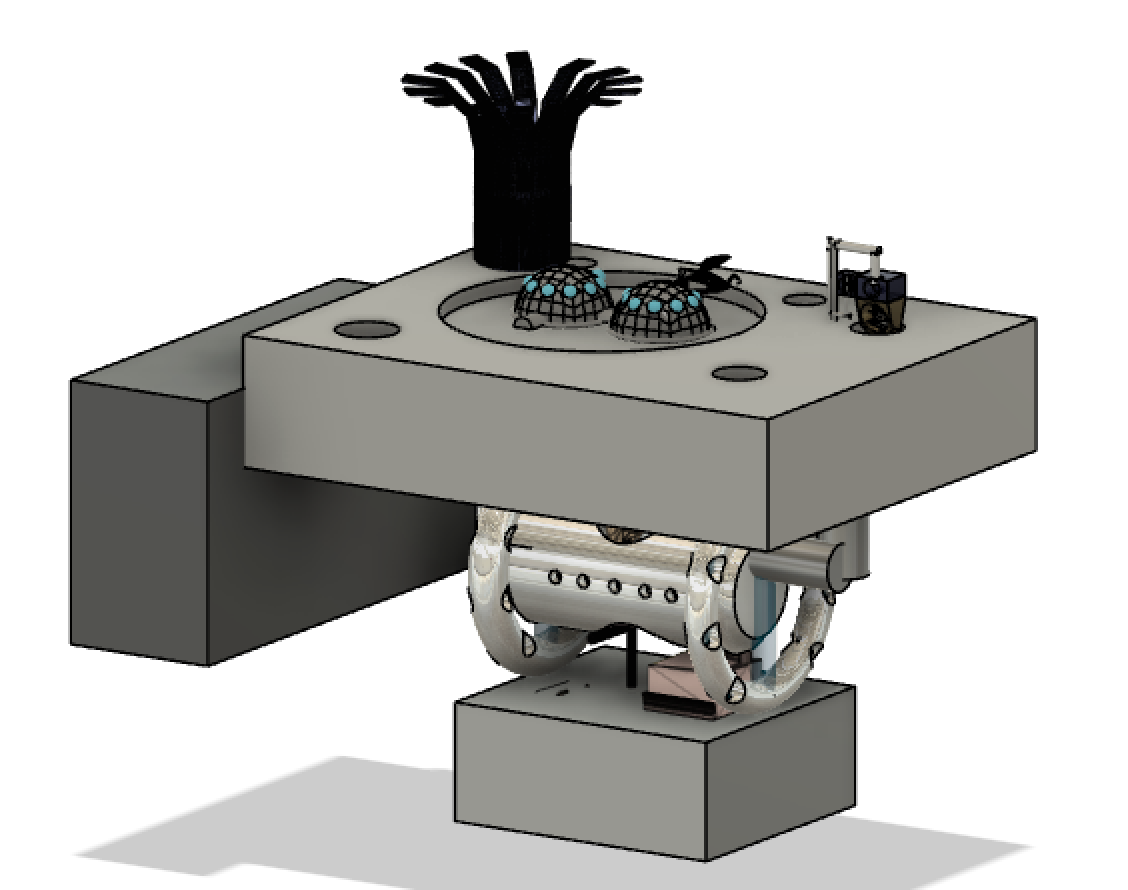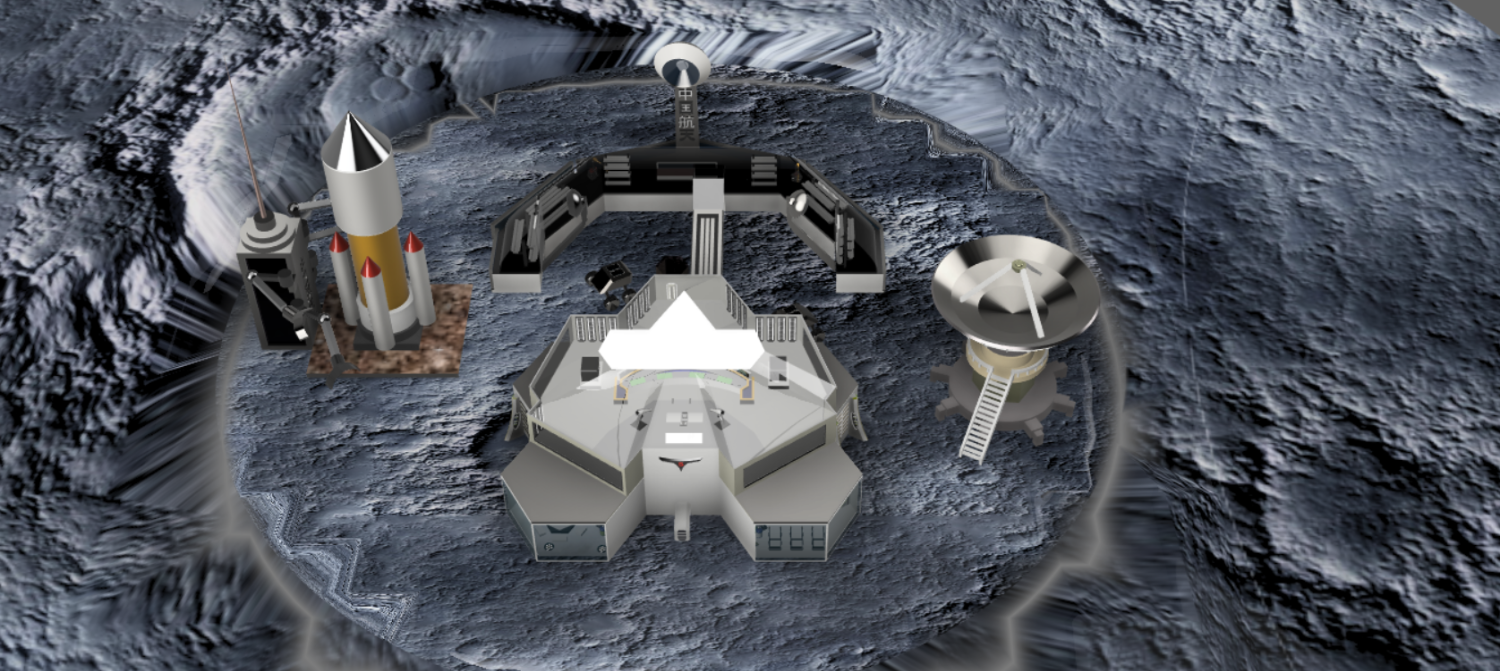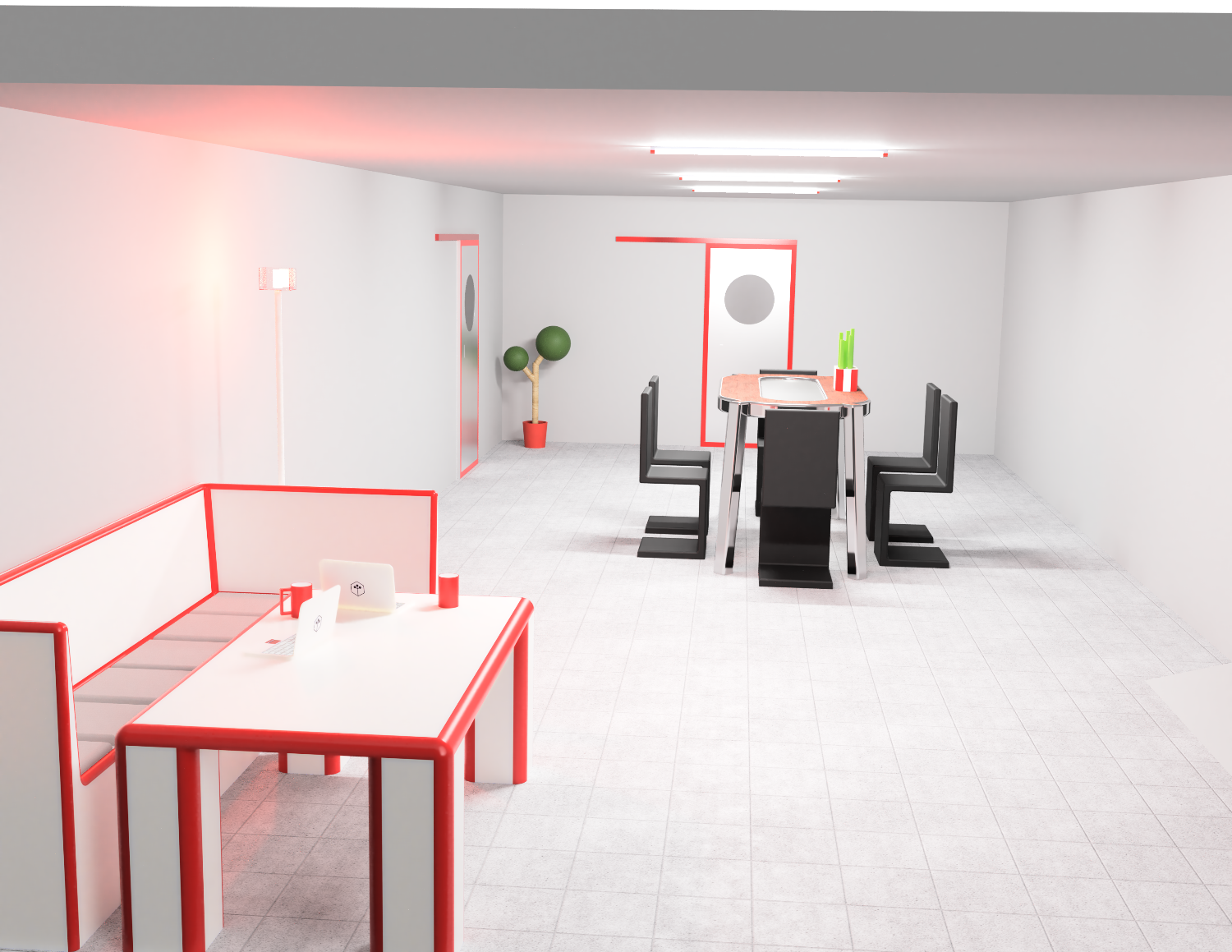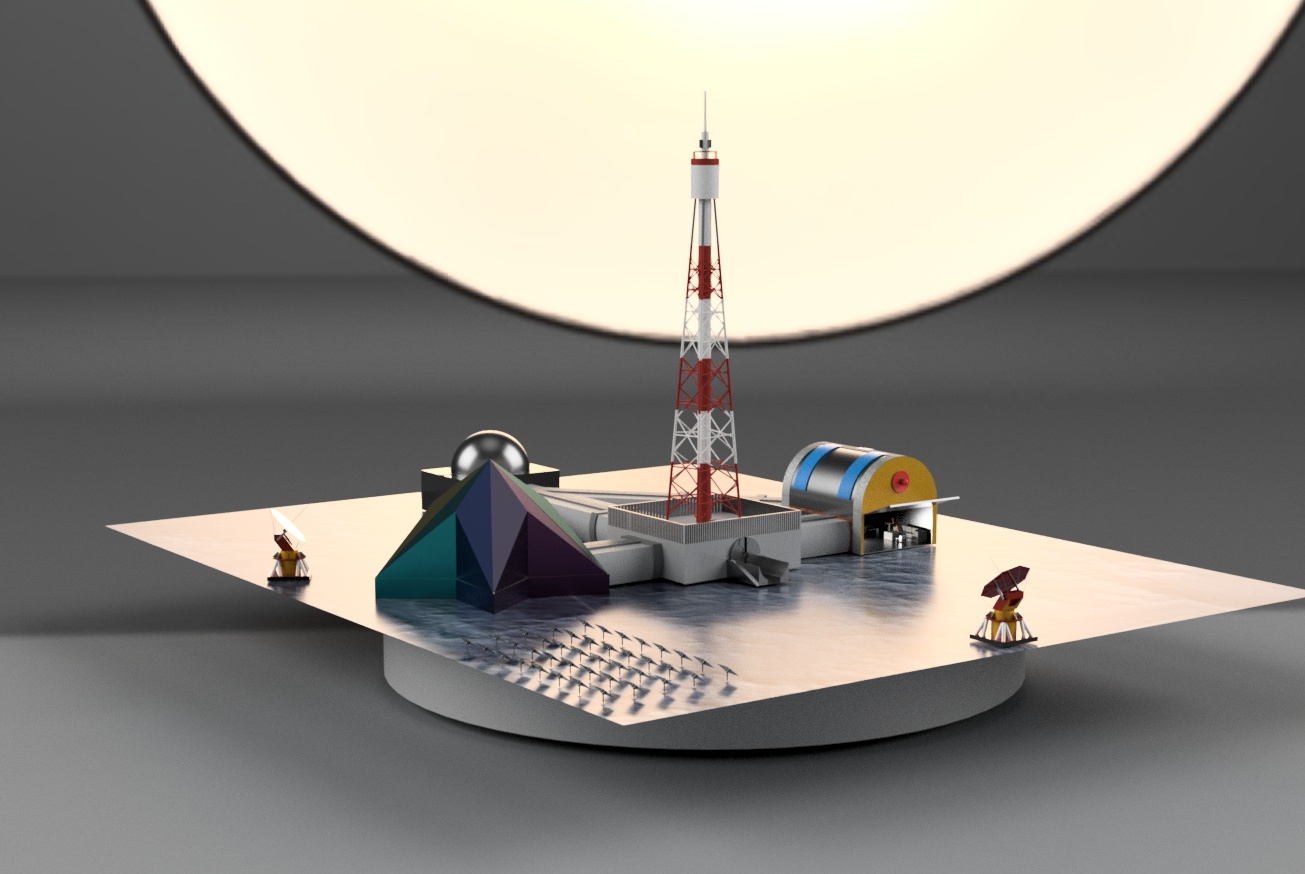Moon Camp Pioneers Gallery 2021-2022
In Moon Camp Pioneers each team’s mission is to 3D design a complete Moon Camp using Fusion 360. They also have to explain how they will use local resources, protect astronauts from the dangerous of space and describe the living and working facilities.
Team: BEKT RULES
Aldershot School Burlington Canada 15, 14 or younger 4 / 3
External viewer for 3d project
|
Project description
Our Moon Camp is a carefully designed station that allows astronauts to study the Moon safely and comfortably in a familiar and productive environment. Our camp is called BEKT-MAGIURA, which was derived from the first letters our names (Beck, Emily, Keerthana, Tanya), along with a combination of the words Magio (magic in Latin) and Futura (future in Latin) to represent the future our camp will contribute to for many generations.
BEKT-MAGIURA consists of the main base, labs, sleeping pods, exercising facilities, a kitchen, and more. Limiting single use materials, our moon camp is designed to function effectively throughout the stay of the astronauts. We have also designed our base to have a proper work environment including a safe, unbothered area, working materials, and a layout that should be somewhat close to the common structure of a regular work environment on earth. With all these available functions, the astronauts should not need as much time to feel uncomfortable in the environment provided. Our base also consists of a transportation hub located at the top (shaped like a dome), and they provide a landing for the space shuttle, as well as additional transportation to move around the moon, and gather the needed components and test subjects for the research. There is also a water pipe on the side that connects to the main body of the base, and the pipe has a filtration and storage system for the water so it is safe to consume. Our moon camp can accommodate four astronauts at any given time. |
|||
|
2.1 Where do you want to build your Moon Camp?
We have chosen our location on the Copernicus Crater (North-West of the Moon; Oceanus Procellarum lowlands, measuring 93km in diameter) because of its useful natural resources to our camp. At this location we have access to minerals and elements such as: oxygen (O), magnesium (Mg), silicon (Si), calcium (Ca), and iron (Fe). Using magnesium, silicon, and titanium, we can construct OPV cells directly on the moon, rather than having them transported. In addition, iron and magnesium can be implemented into tablets for astronauts to consume. This would prevent the loss of bone density due to lack of gravity. 2.2 How do you plan to build your Moon Camp? Describe the techniques, materials and your design choices.
We have decided to bring the foundations (the 3D printer that builds the camp) to our camp on our first expedition to the moon and then build the rest using on site resources. The exterior walls will be built with basalt because of its high thermal mass, and the furniture and appliances will be made with plagioclase being sturdy enough on the Mohs scale (6-7). Both these materials are very common on the moon (plagioclase being 95% of the composition in lunar regolith) and will be used as 3D printing materials to build the camp. 2.3 The environment on the Moon is very dangerous for the astronauts. Explain how your Moon Camp will protect them. (maximum 150 words)
The section visible on the surface of the moon is the transportation hub. It’s shaped as a dome to stay stable as it lets the wind glide around it leaving none, or minimal disturbance. The main body of the base is located directly underground from the transportation hub. The reasoning behind it is that there’s maximum possible security underground. The most safety hazards and disturbances are located on the surface, such as wind, debris, and possible asteroids/meteors, therefore underground contains the majority of the astronauts. In addition, the use of basalt as our main building material will protect astronauts from UV rays. |
|||
|
2.4 Explain how your Moon Camp will provide the astronauts with:
|
Water
|
Food
|
Power
|
Air
|
|
Water will be drilled from the lunar surface, and extracted as water ice. This water will then be filtered through UV light and carbon filters. After the water is filtered, it will be transported to the main base through underground piping. The water is then used for consumption, cleaning, piping, aeroponics, and bathing. Since water is a limited resource, every drop of liquid that is leftover is then recycled by being re-sterilized and then used again to maximize usage. |
Through aeroponics, every meal is home grown efficiently by using natural resources from the moon itself like ice water and minerals, which are reused/recycled when possible. Each astronaut is provided with three vegan meals a day prepared by a group of robots specialized in cooking a variety of foods as well as cultural cuisines. The robots are equipped to cook, clean, and then compost leftover meals to then go on to fertilize future plants. This is a part of how we plan to continue a sustainable routine in the moon’s environment. |
Our electricity is created by our OPV (organic photovoltaic cells) cells as well as our thorium reactor. The opv cells generate energy from light, and are used for transportation as well as an emergency power source. They can be found on the solar tree as well as the top of the transportation hub. The reactor is a liquid fluoride thorium reactor, it uses thorium as fuel which creates reactions and furthermore energy. The reactor is in the model and the energy created is used for all purposes in the camp. They are efficient and effective in creating the energy needed. |
Air is produced through several plants grown around the station. These plants can range from the produce grown through aeroponics to succulents grown through vertical farming The air produced by the plants are then pumped through the station by air ducts and fans, which create circulation through the camp as well as heat (with cool air, if needed). |
|
2.5 Explain what would be the main purpose of your Moon Camp.
Our camp is designed to research geological elements of the moon. The location of the building being underground is perfect for collecting observational research, and the transportation also includes the materials to collect the more practical aspects of the research. With this research, we will be able to find the planetary benefits of the moon, and this information could potentially be used for agricultural purposes and more in the future. Over time, the research benefits and information of the moon will potentially change the way we live sustainably, also providing more materials, and more purposes. |
|||
|
3.1 Describe a day on the Moon for your Moon Camp astronaut crew.
The time zone used in our camp is Eastern Time Zone. All clocks and schedules will follow this. The astronauts wake up at 6:30 (Those on night duty will sleep at this time) and have one hour to get ready before mealtime. Since there must be someone on duty at all times, astronauts will rotate for night duty. The astronaut that has night duty will spend the morning sleeping. Astronauts have sleeping pods (inspired by Japanese Hotel capsules) with every sleeping need and storage for personal belongings. Astronauts will have breakfast, lunch and dinner at designated times (7:30-8:00, 12:00-12:30, and 16:30 -17:00 respectively). There are daily chores that must be completed like repairs and maintenance. Each astronaut is designated a location of the camp for a systems check (i.e.thorium reactor, piping, transportation etc.). A majority of the day will be spent doing research and experiments. Astronauts will be designated to the aeroponic gardens for the day, or outside to do experiments with the “rovers” that we built. At 20:30, astronauts will give a brief update to ground on the activities of the day. Astronauts will then take their vitamin (made on the moon), and have recreational time for one hour. At 22:00, astronauts will go to bed. When those are not working, sleeping or eating, they have access to many spaces including exercising areas, sports centers, lounging areas, etc. There is also mental and physical health counseling available. |
|||



